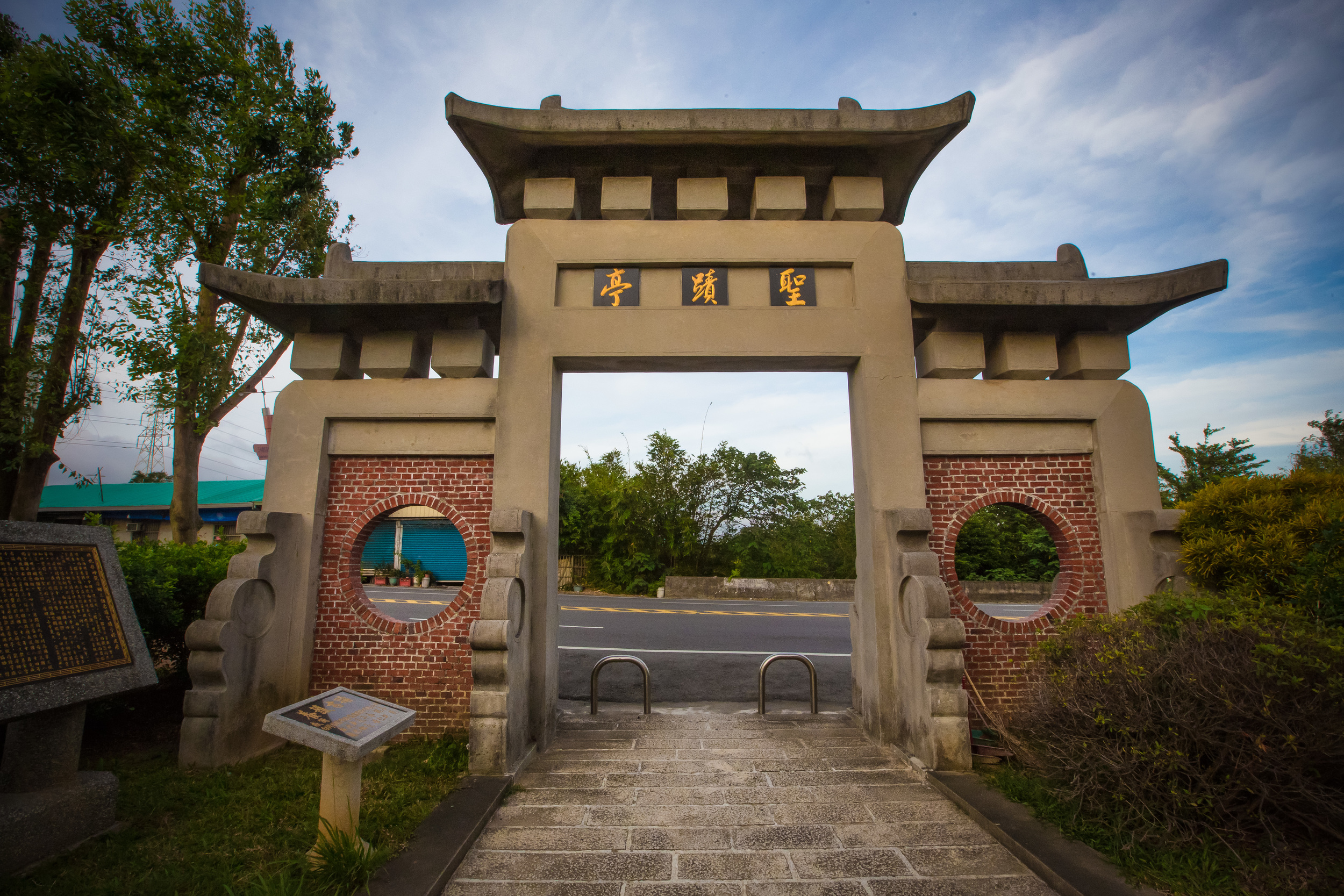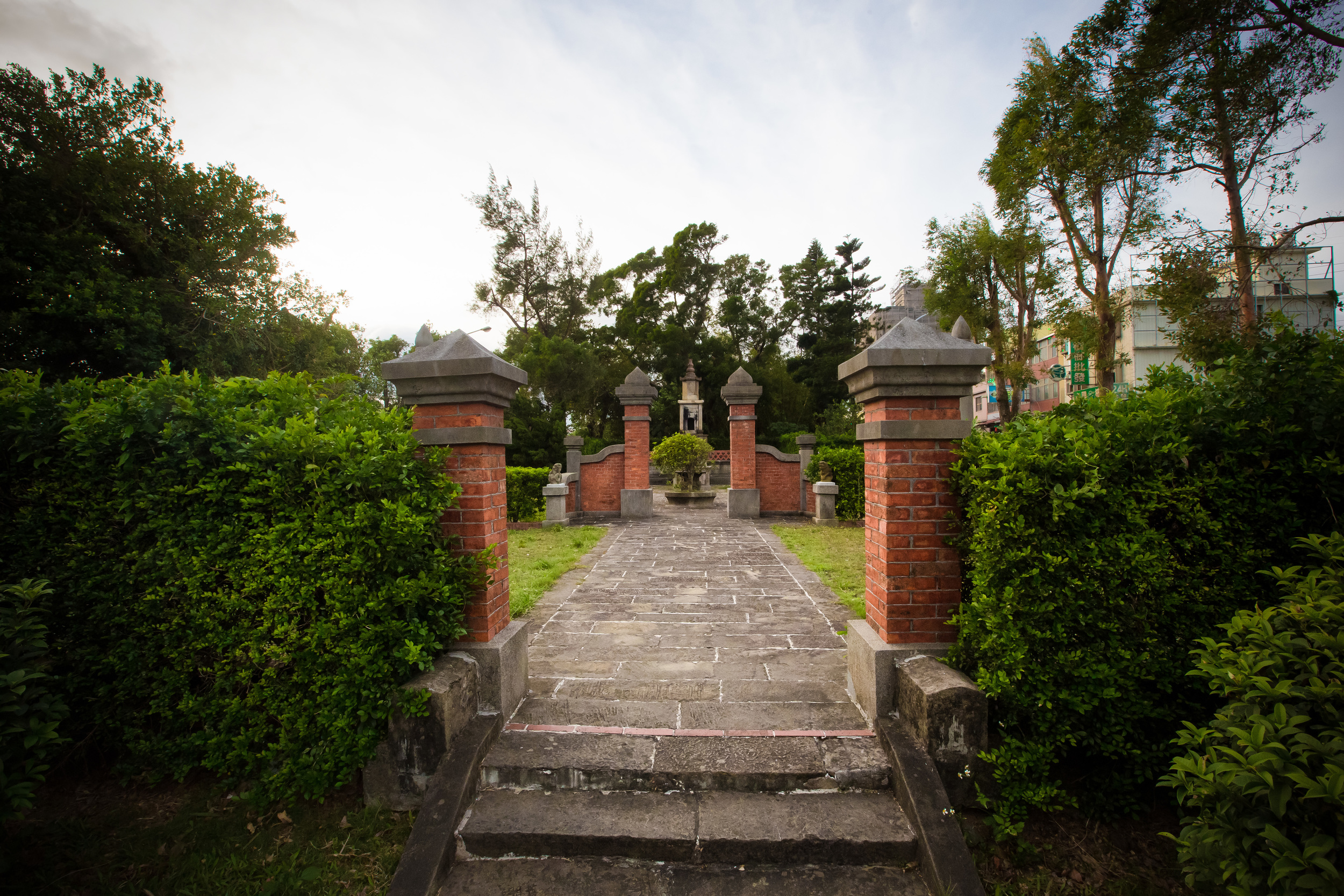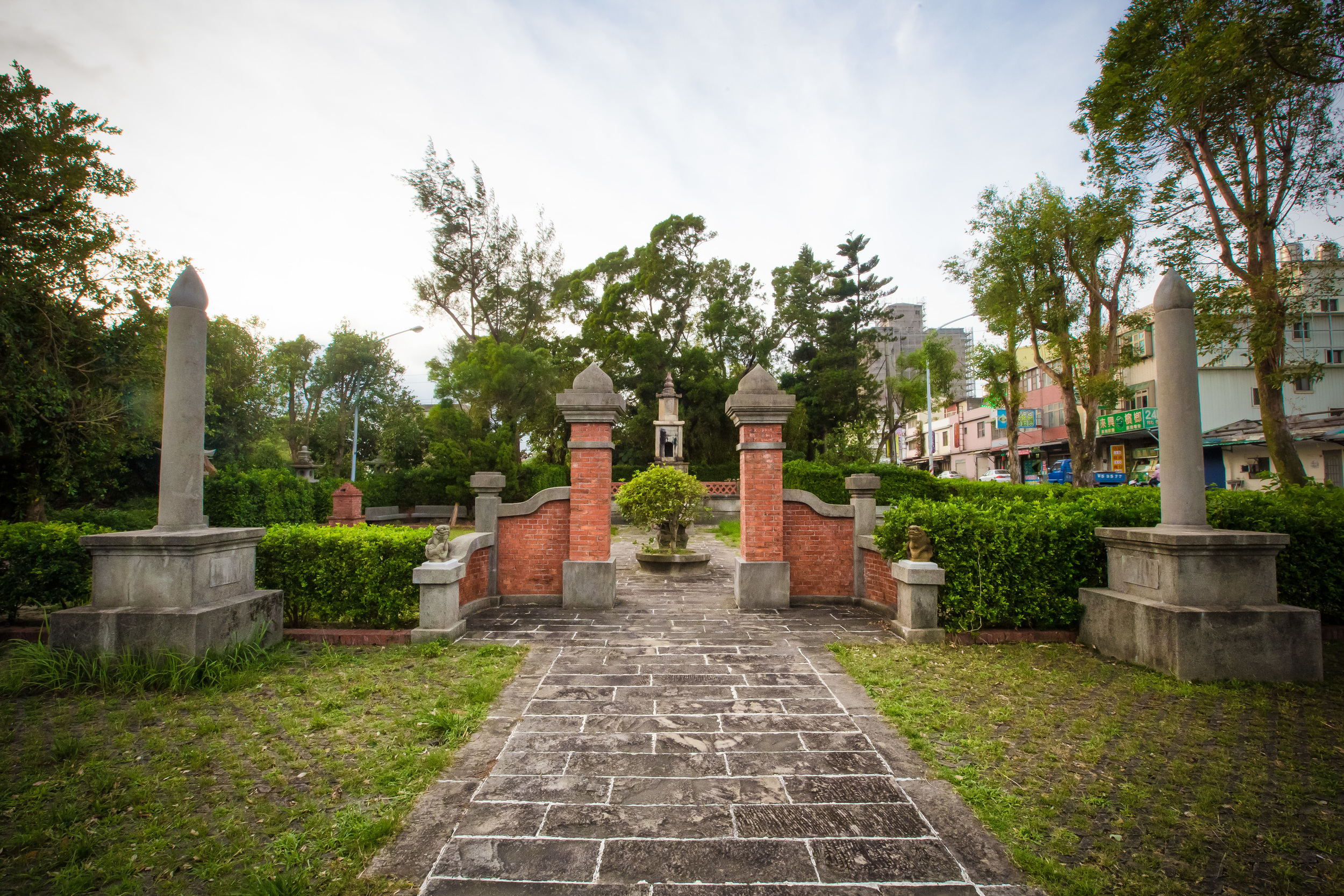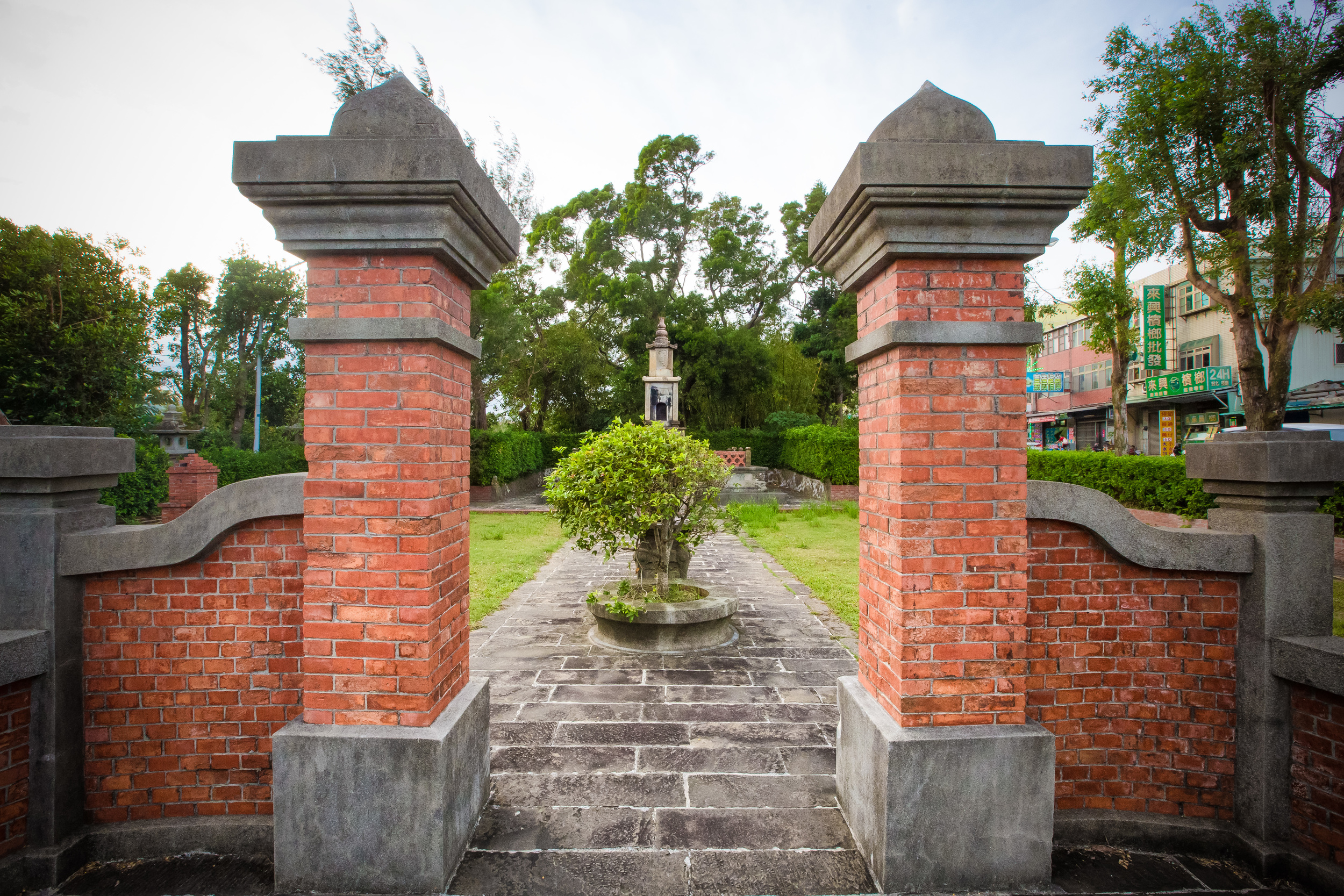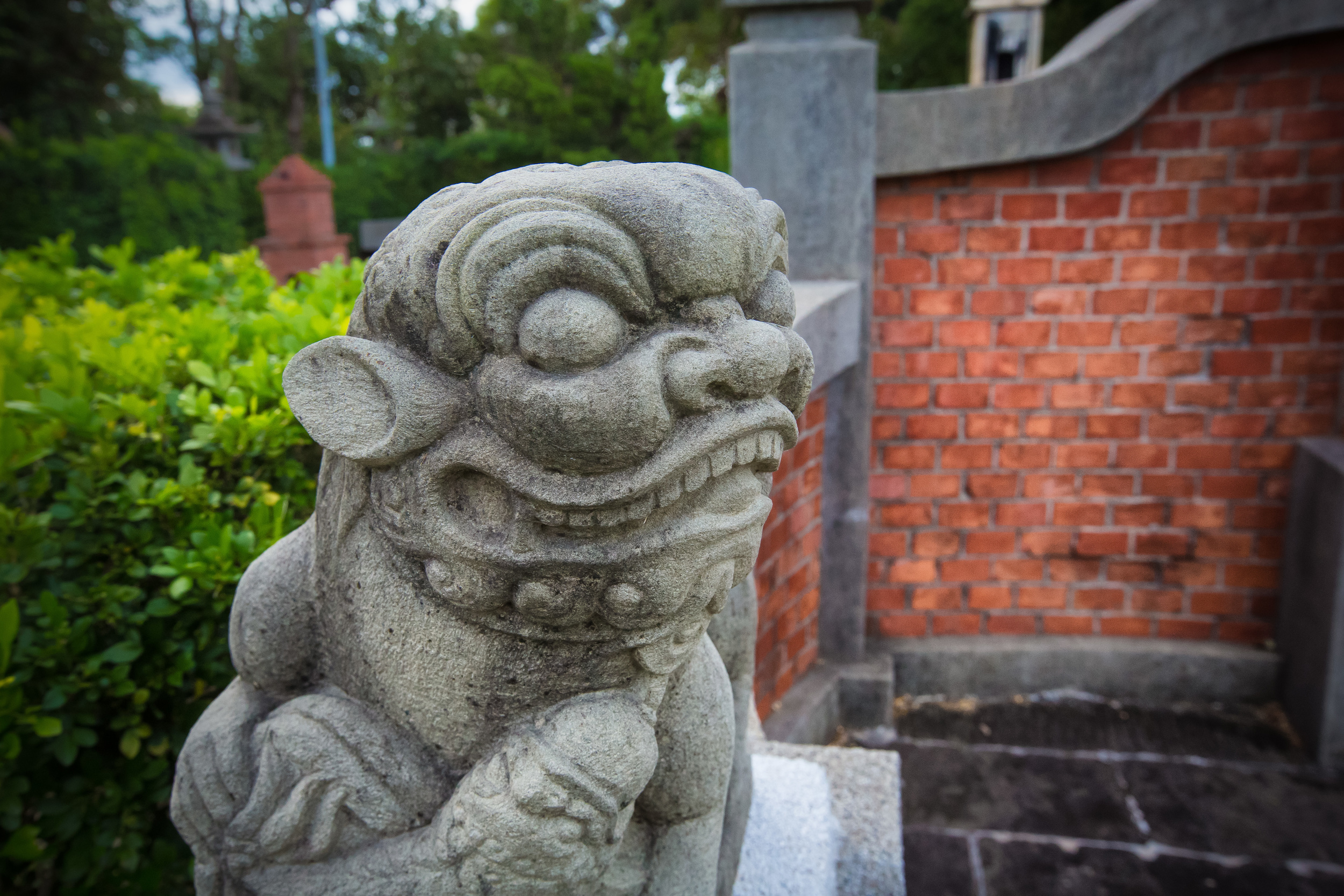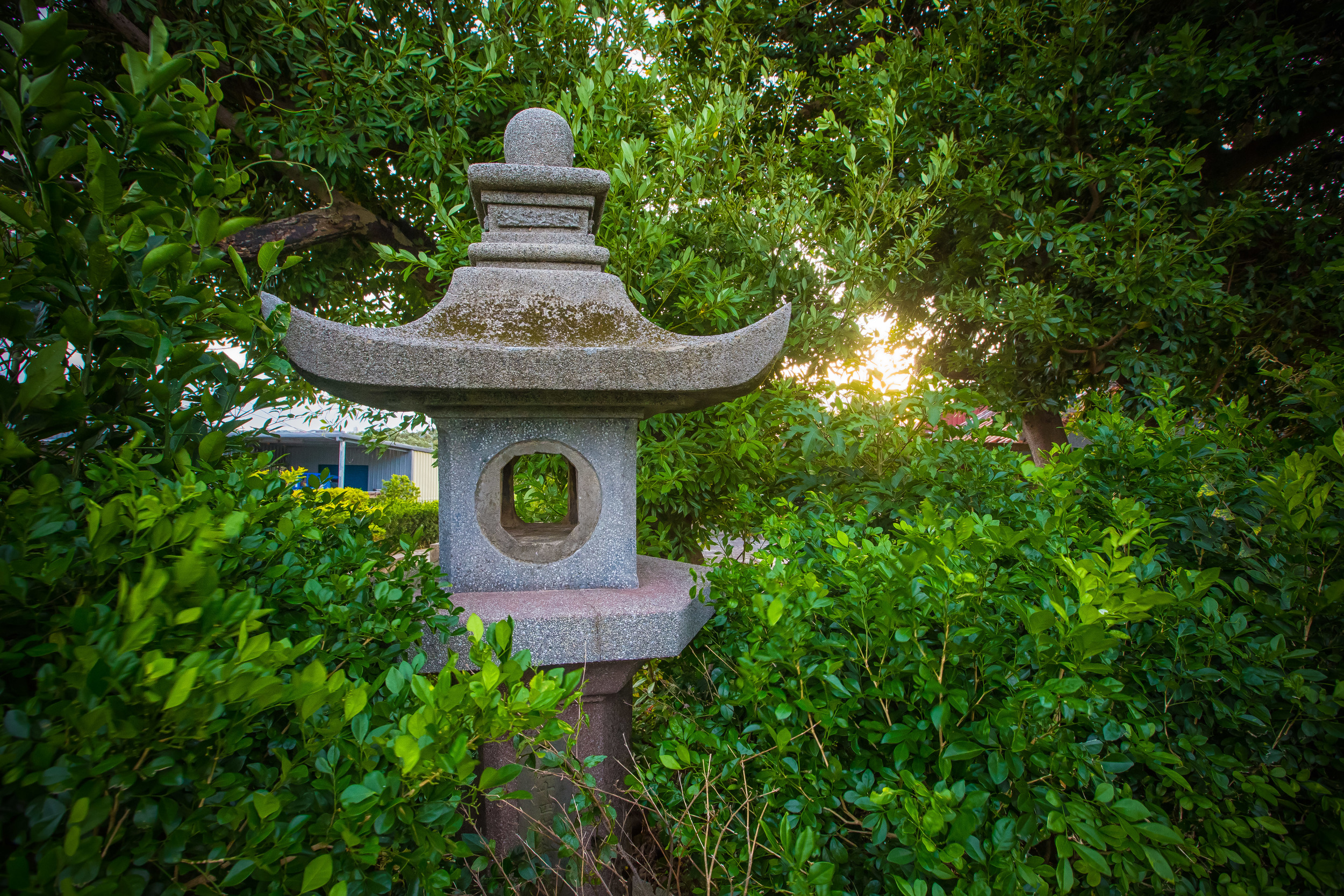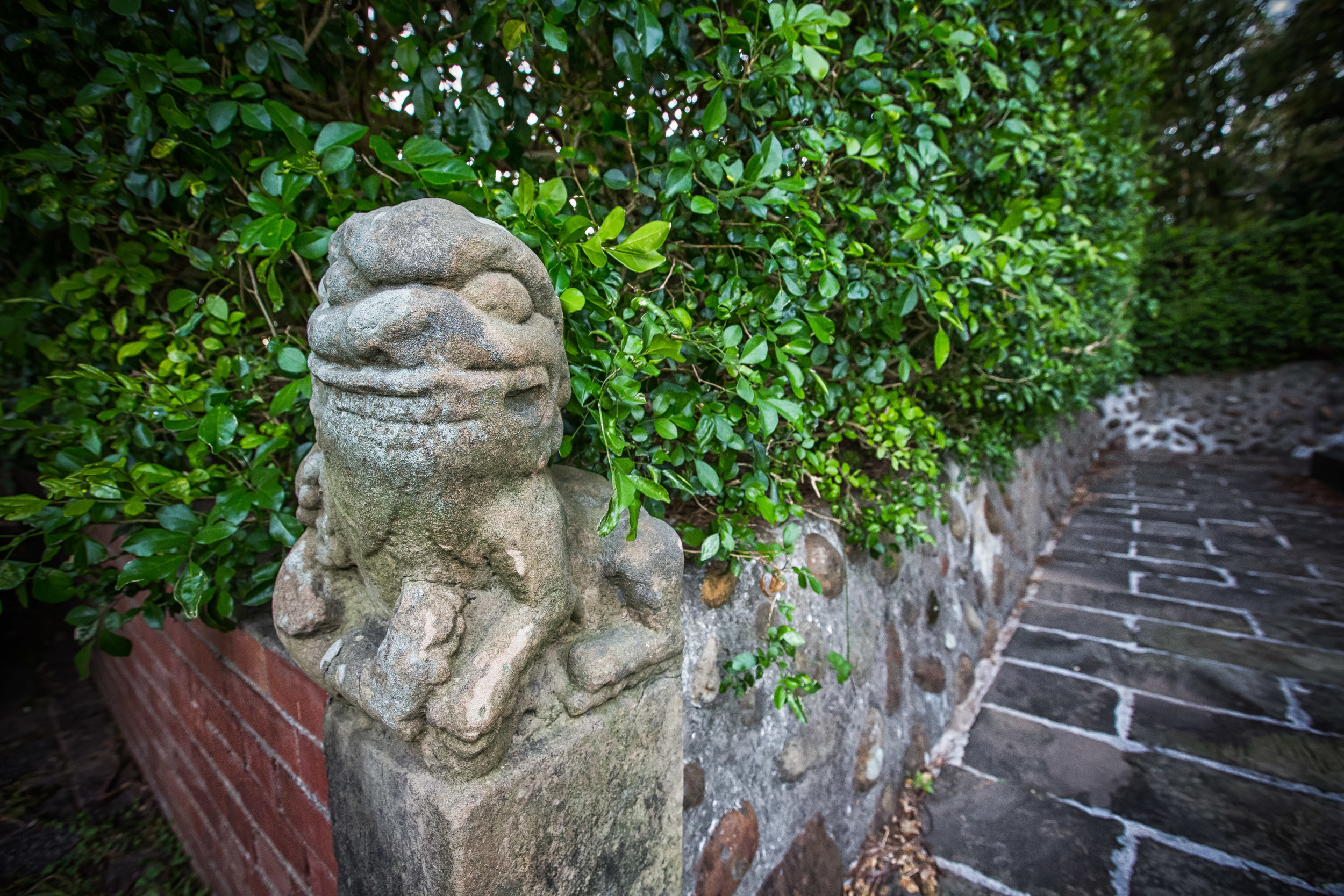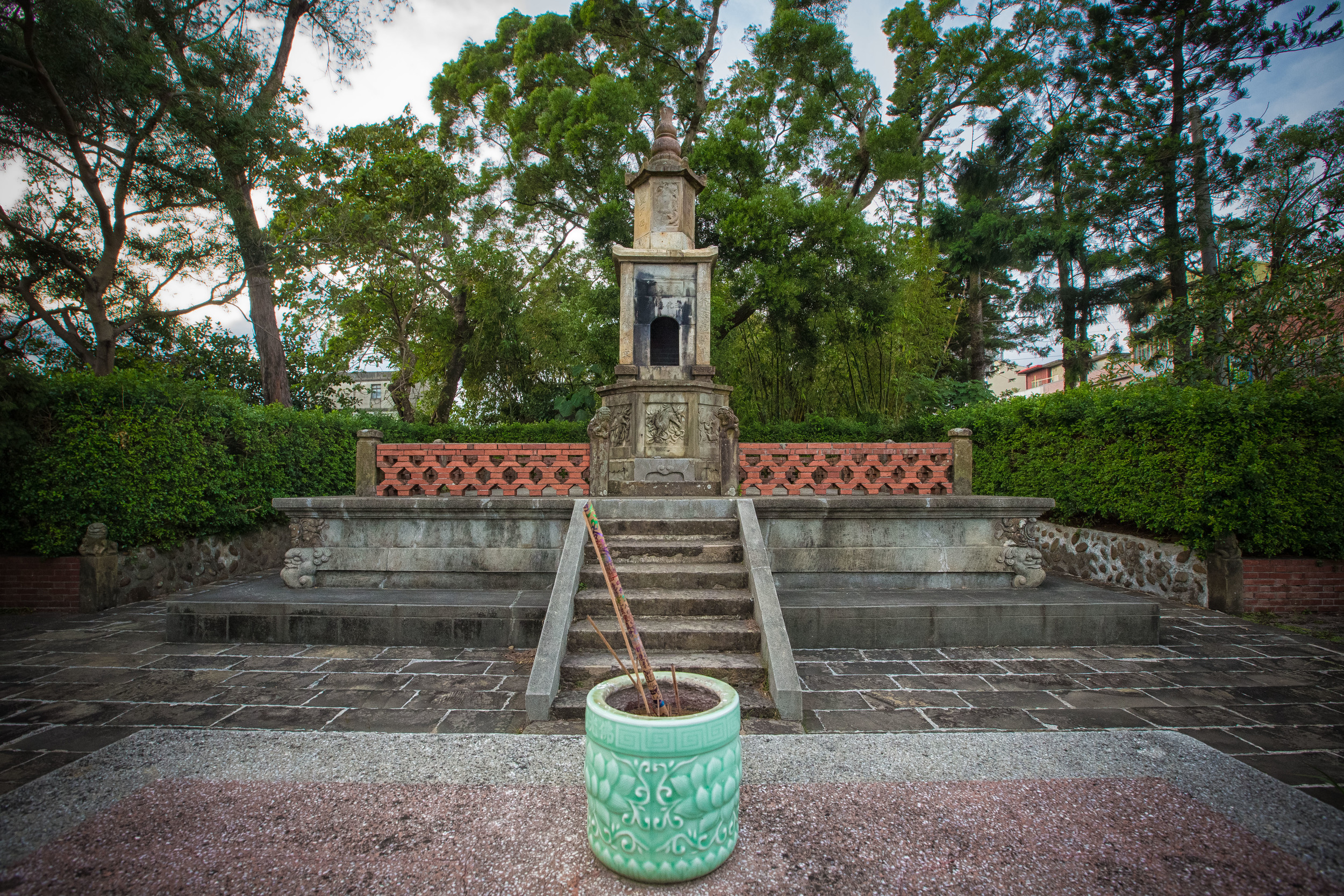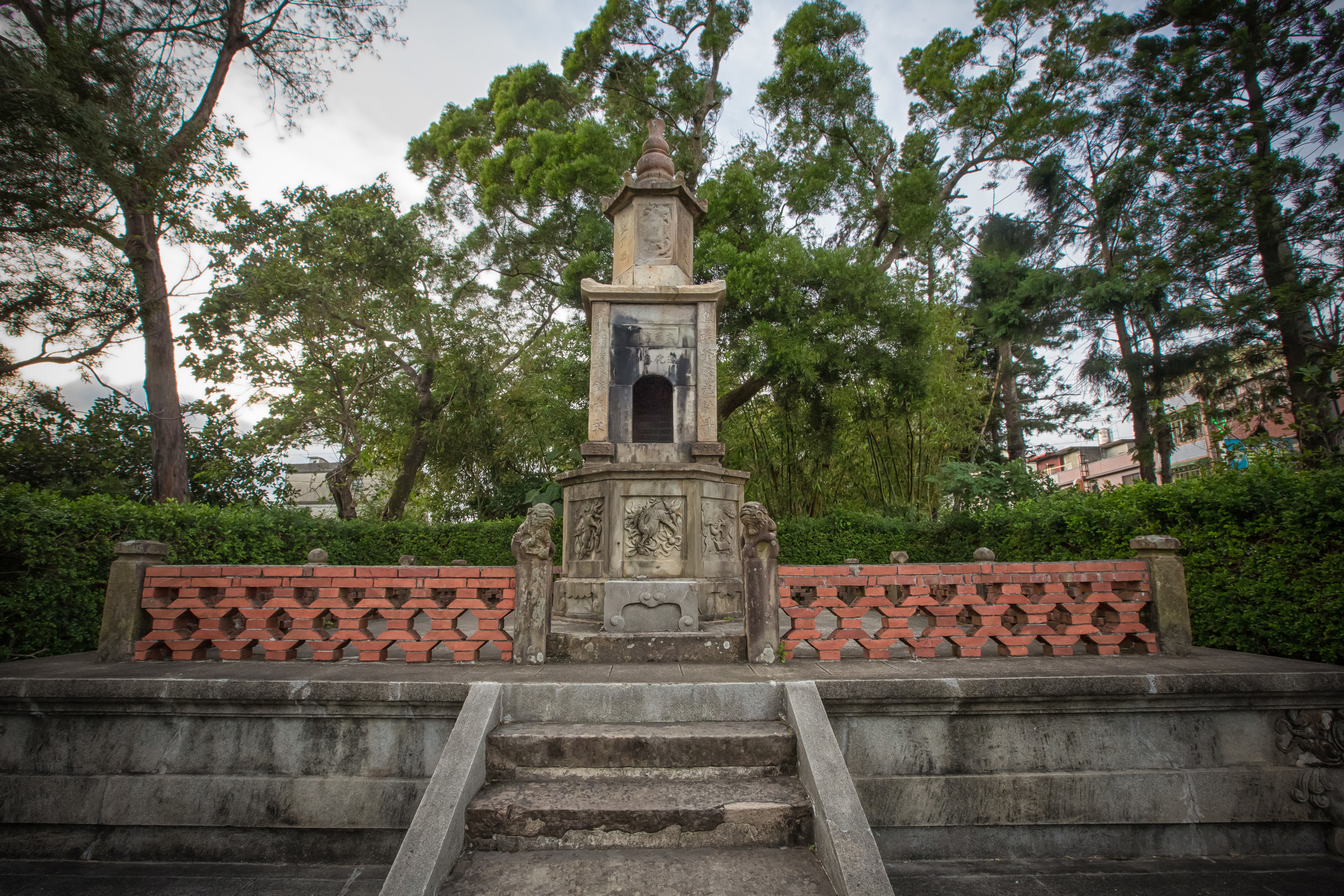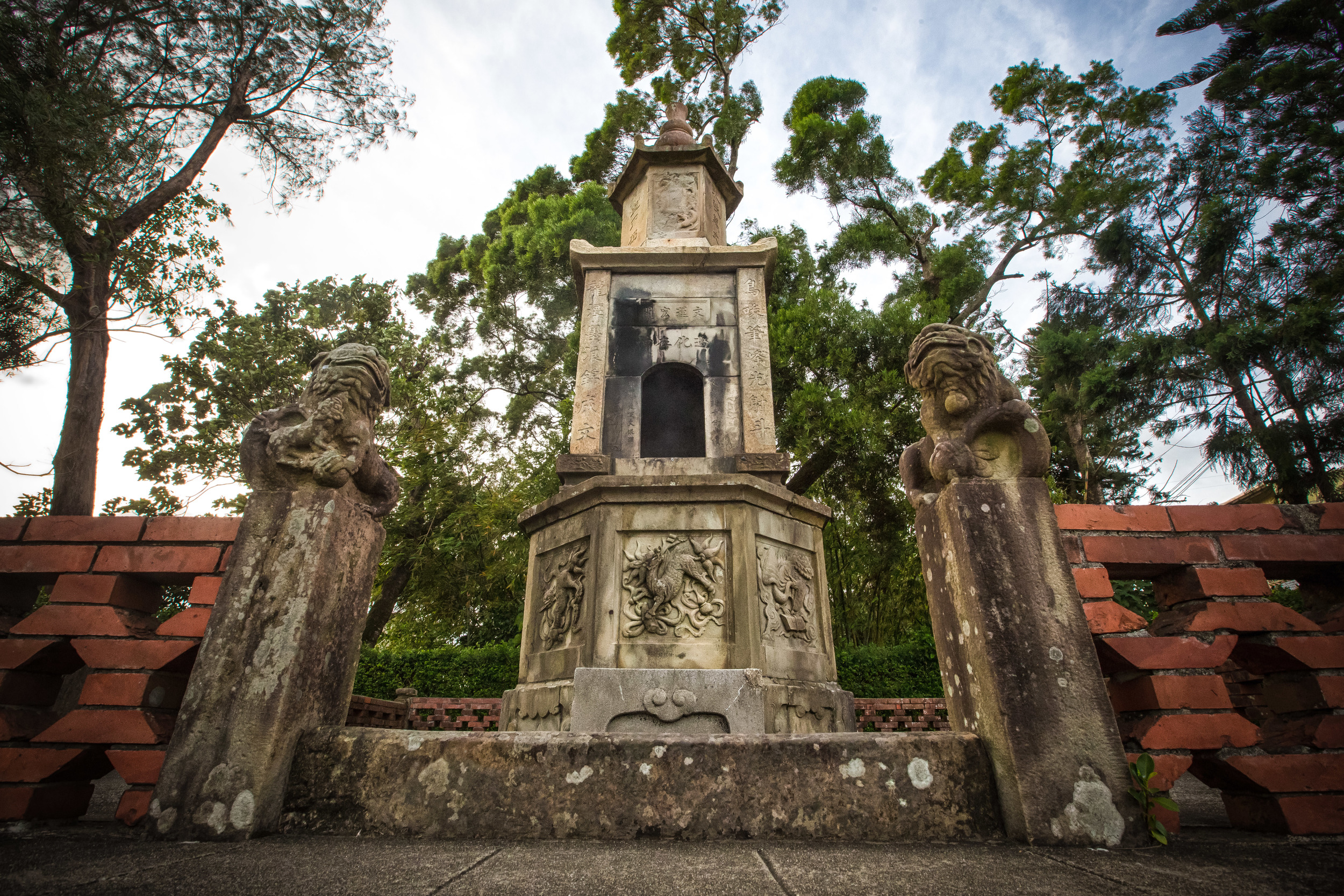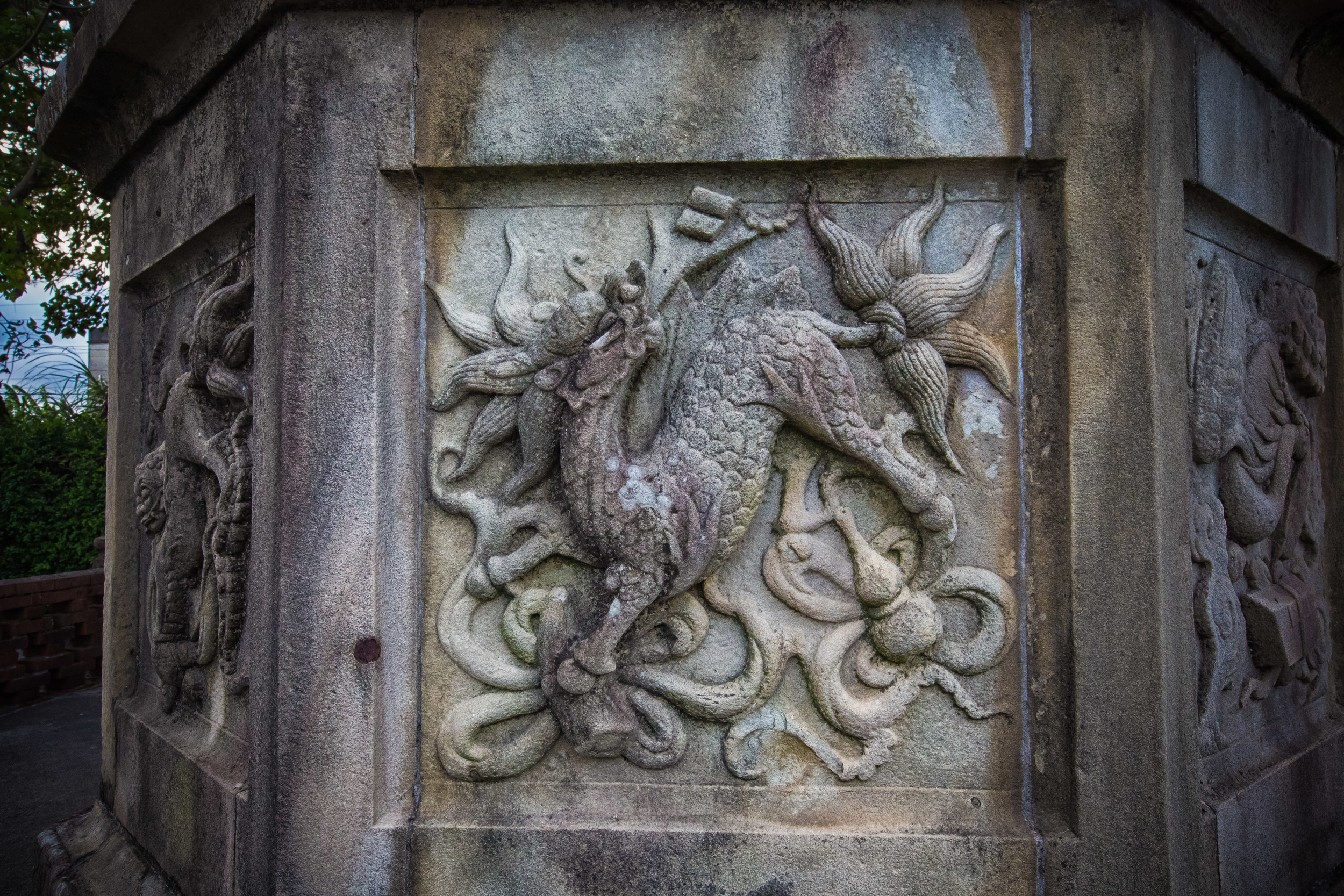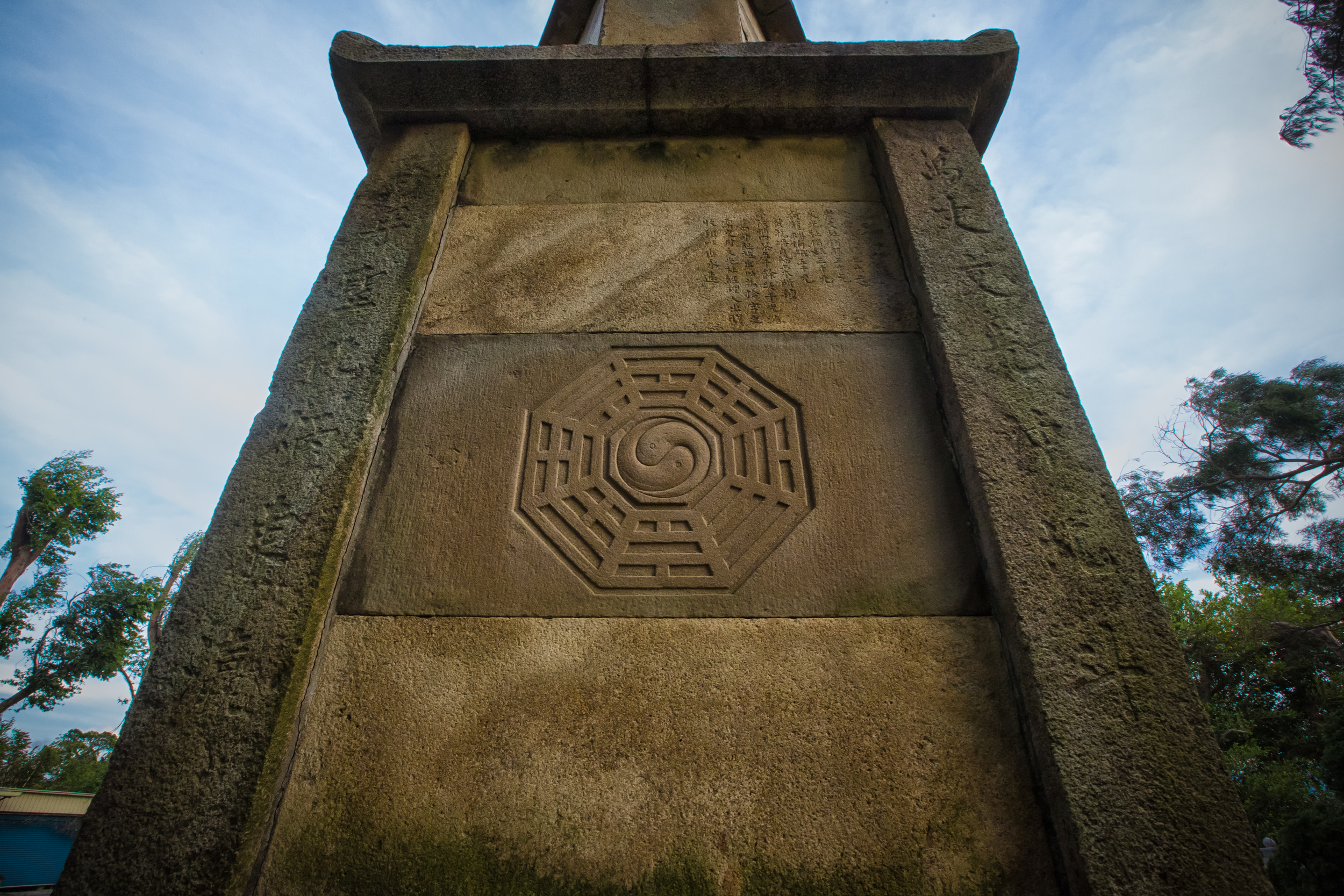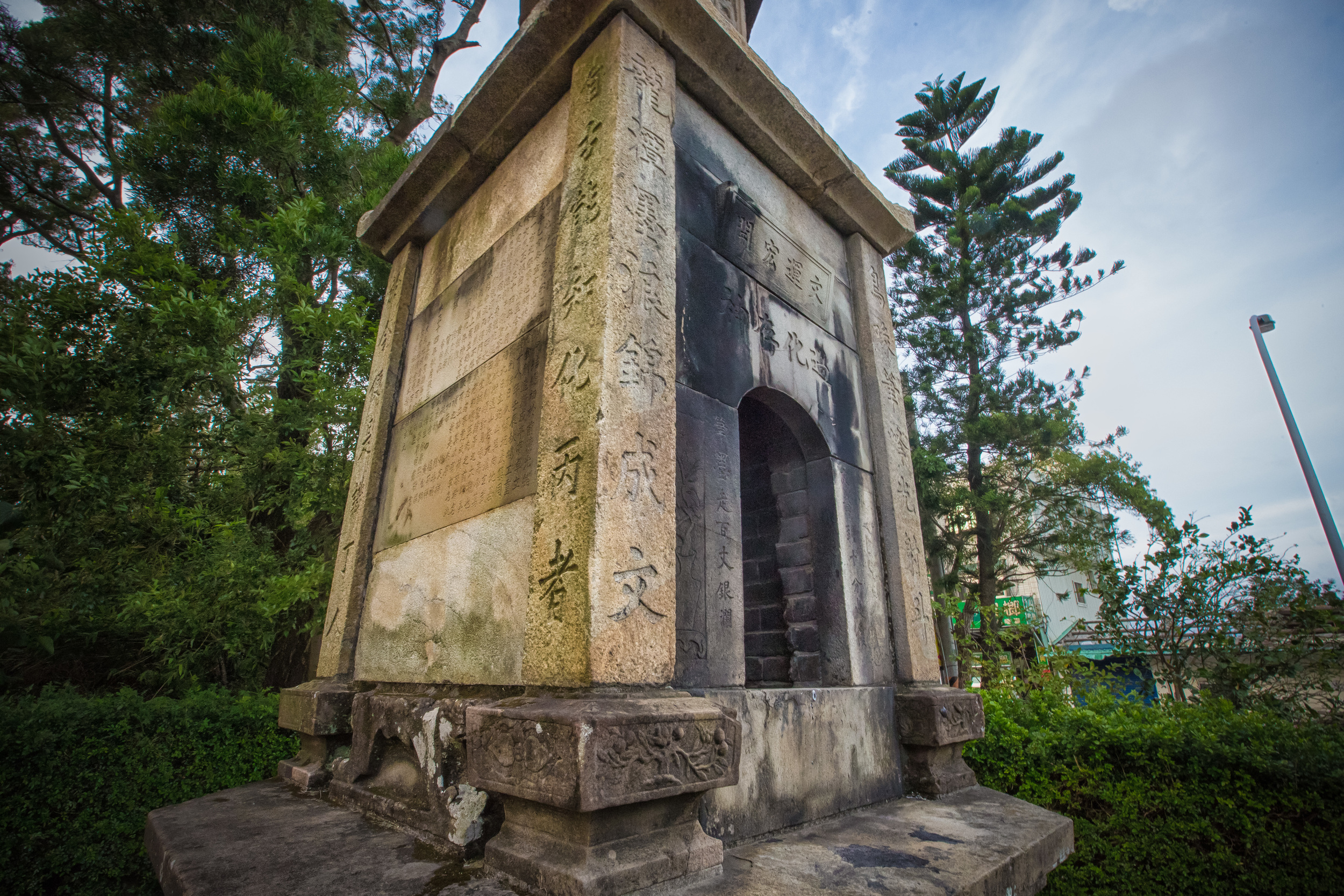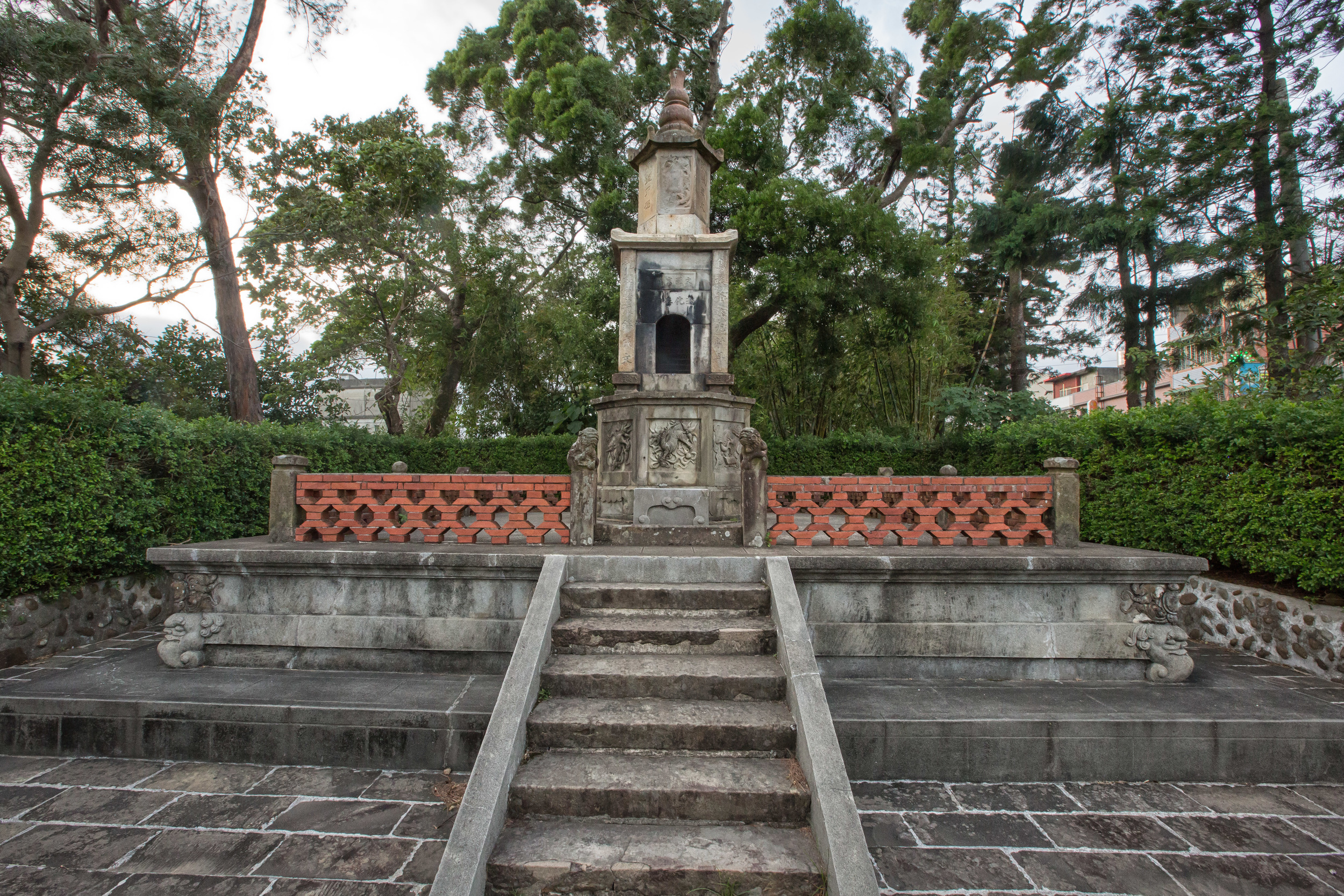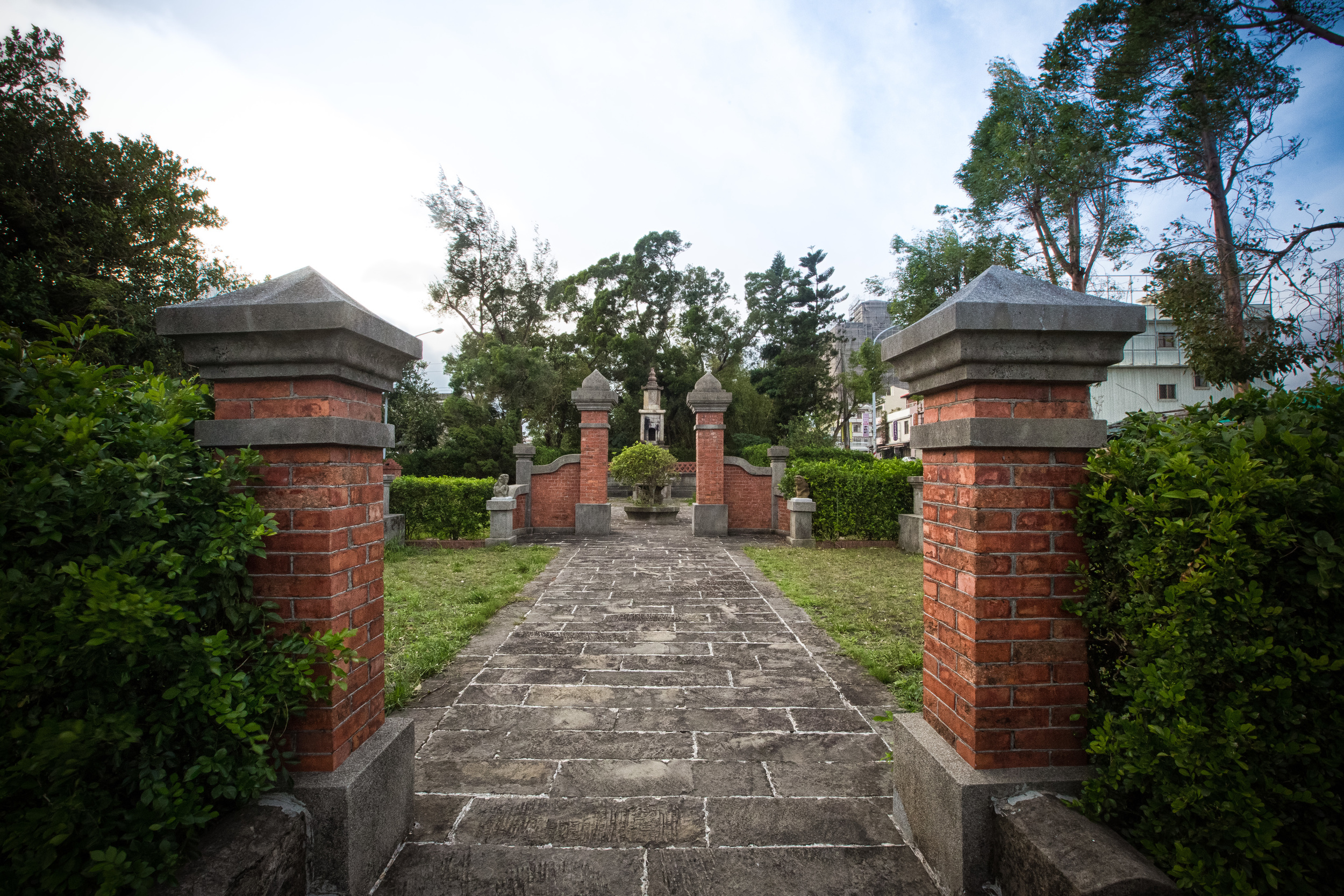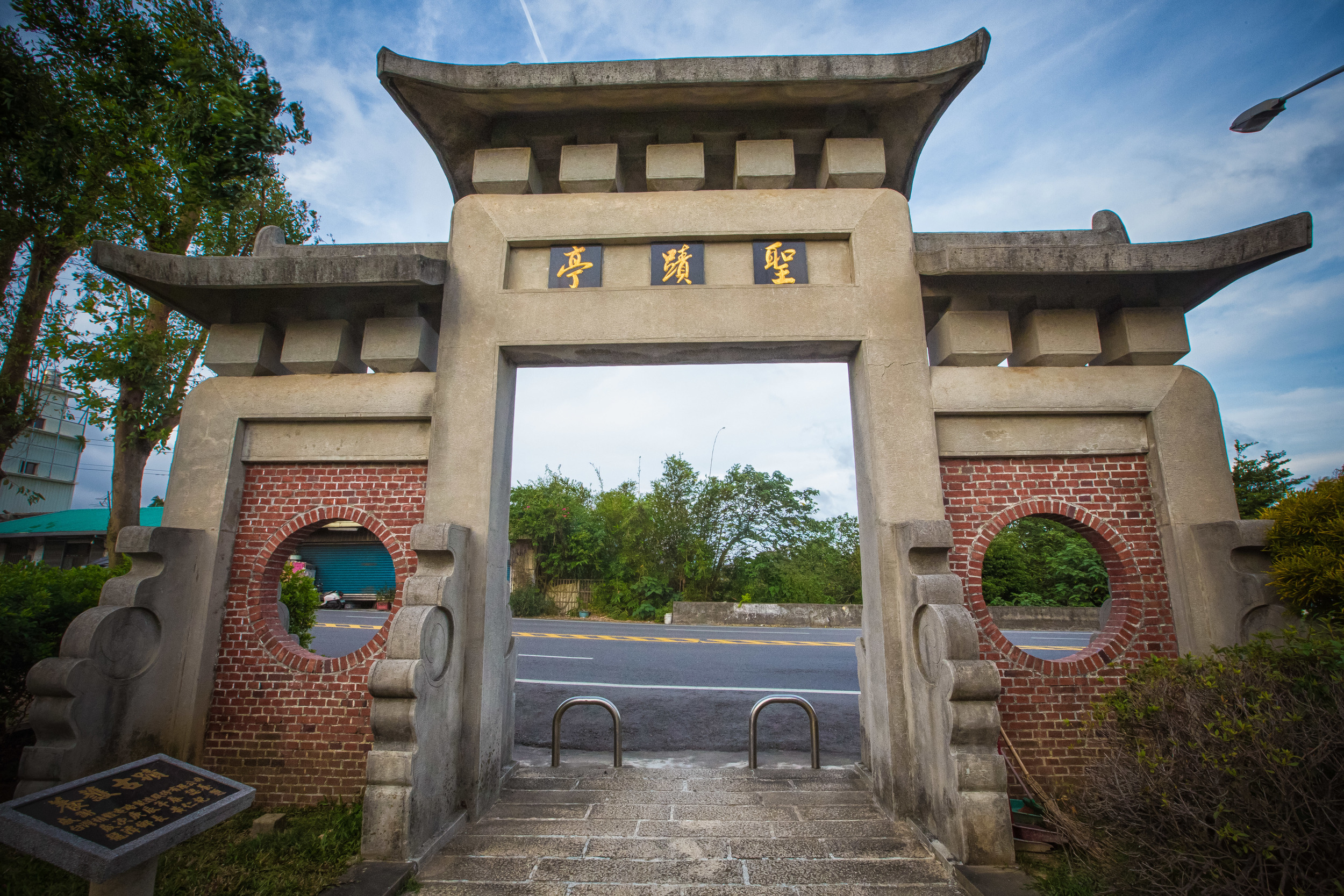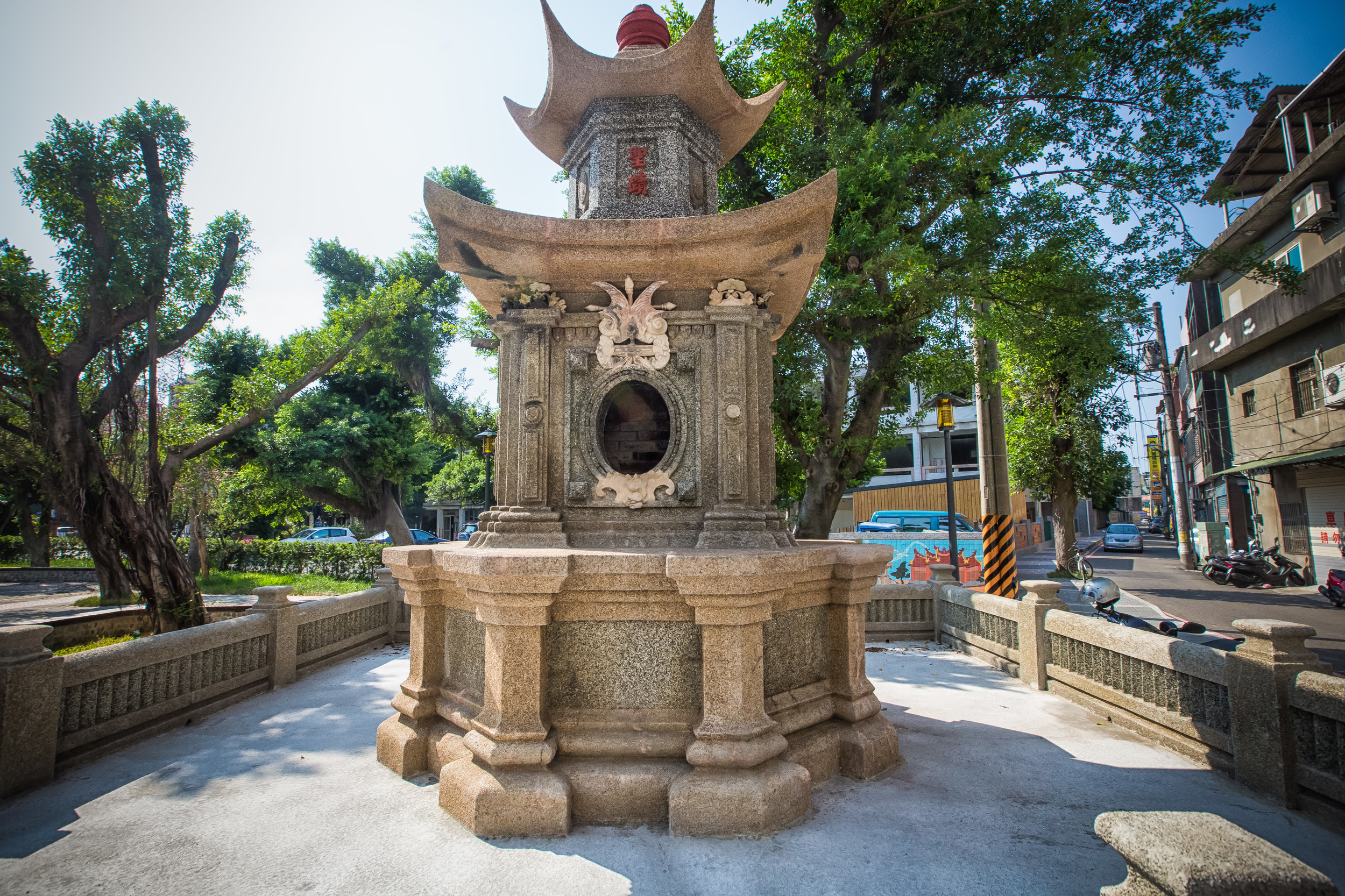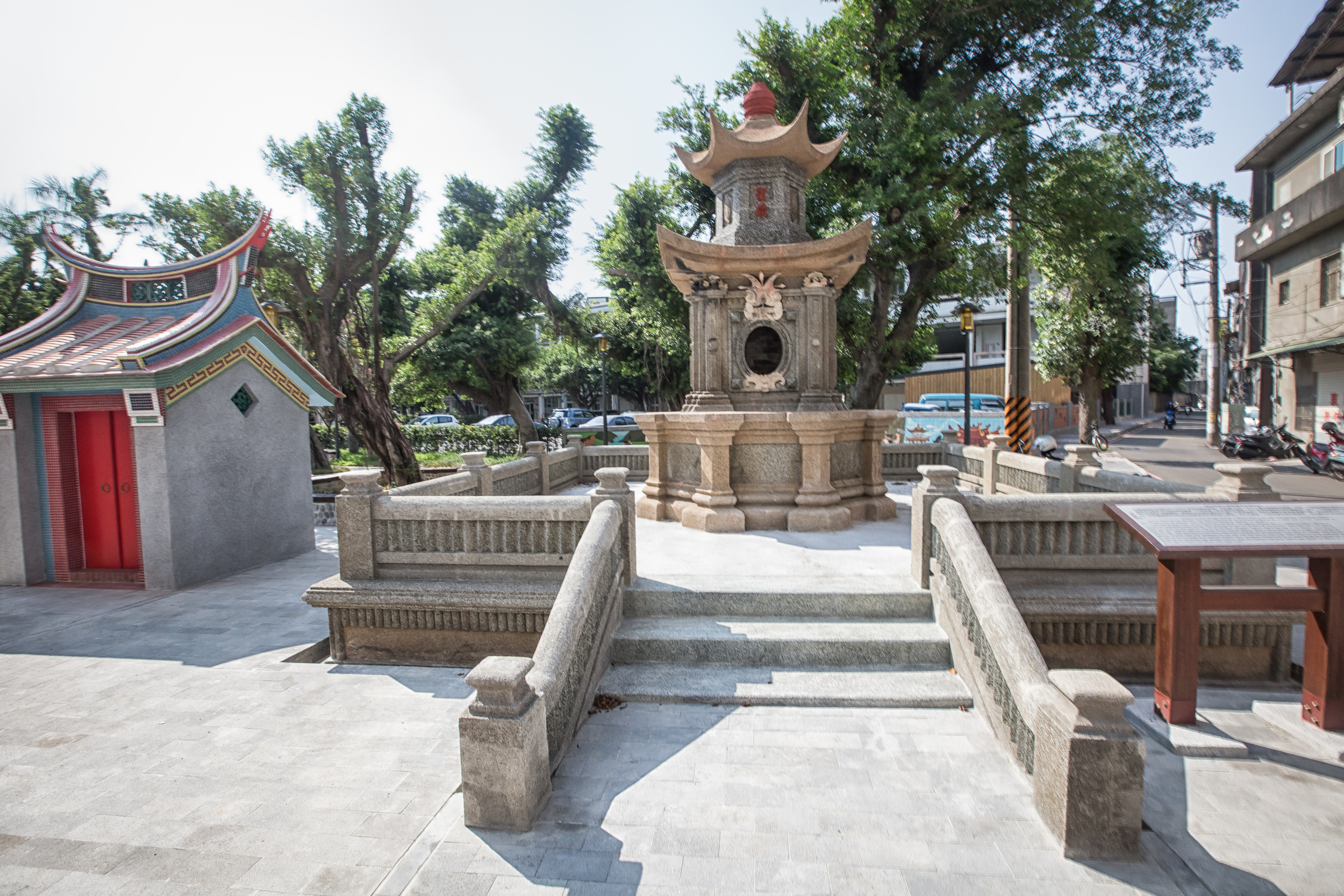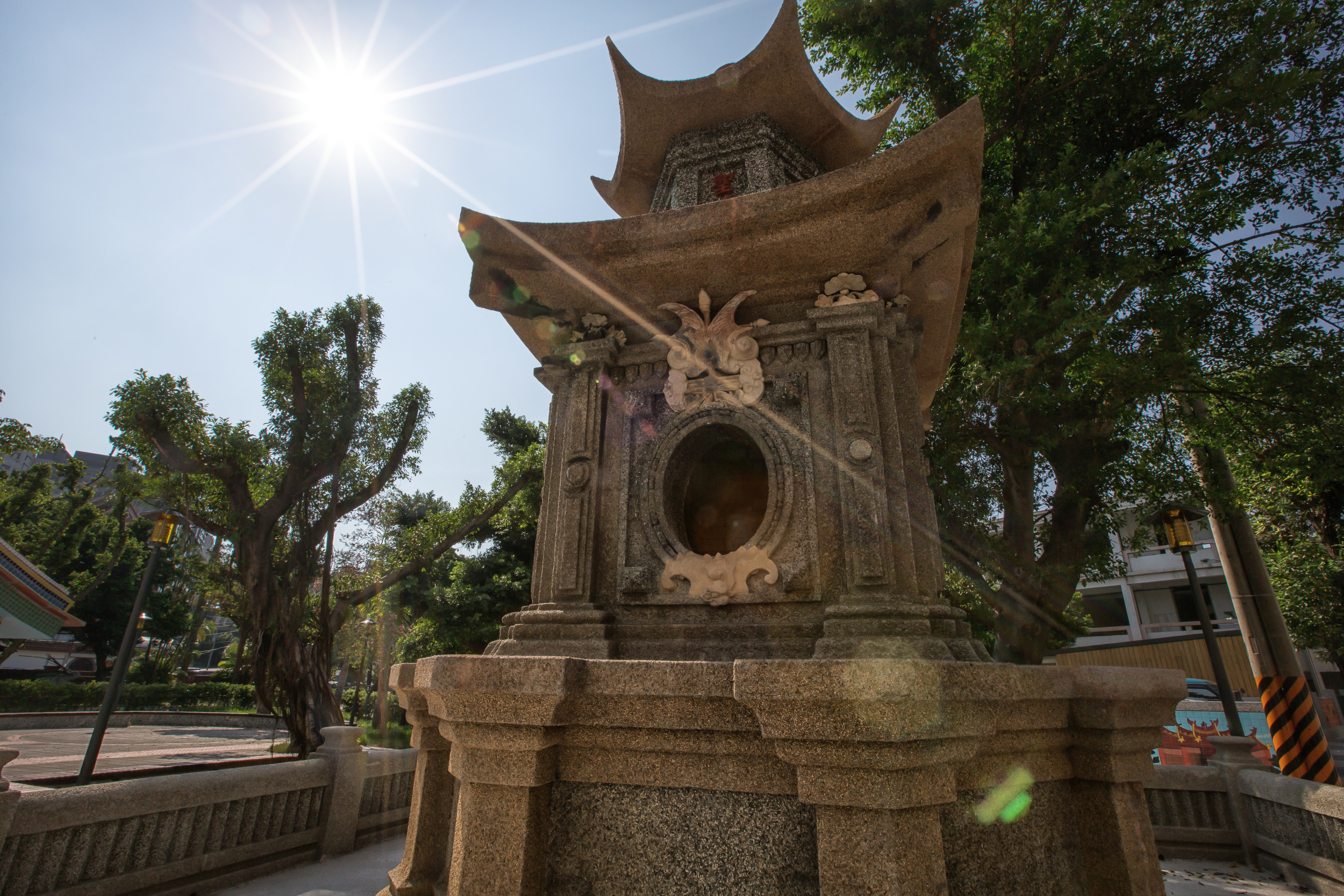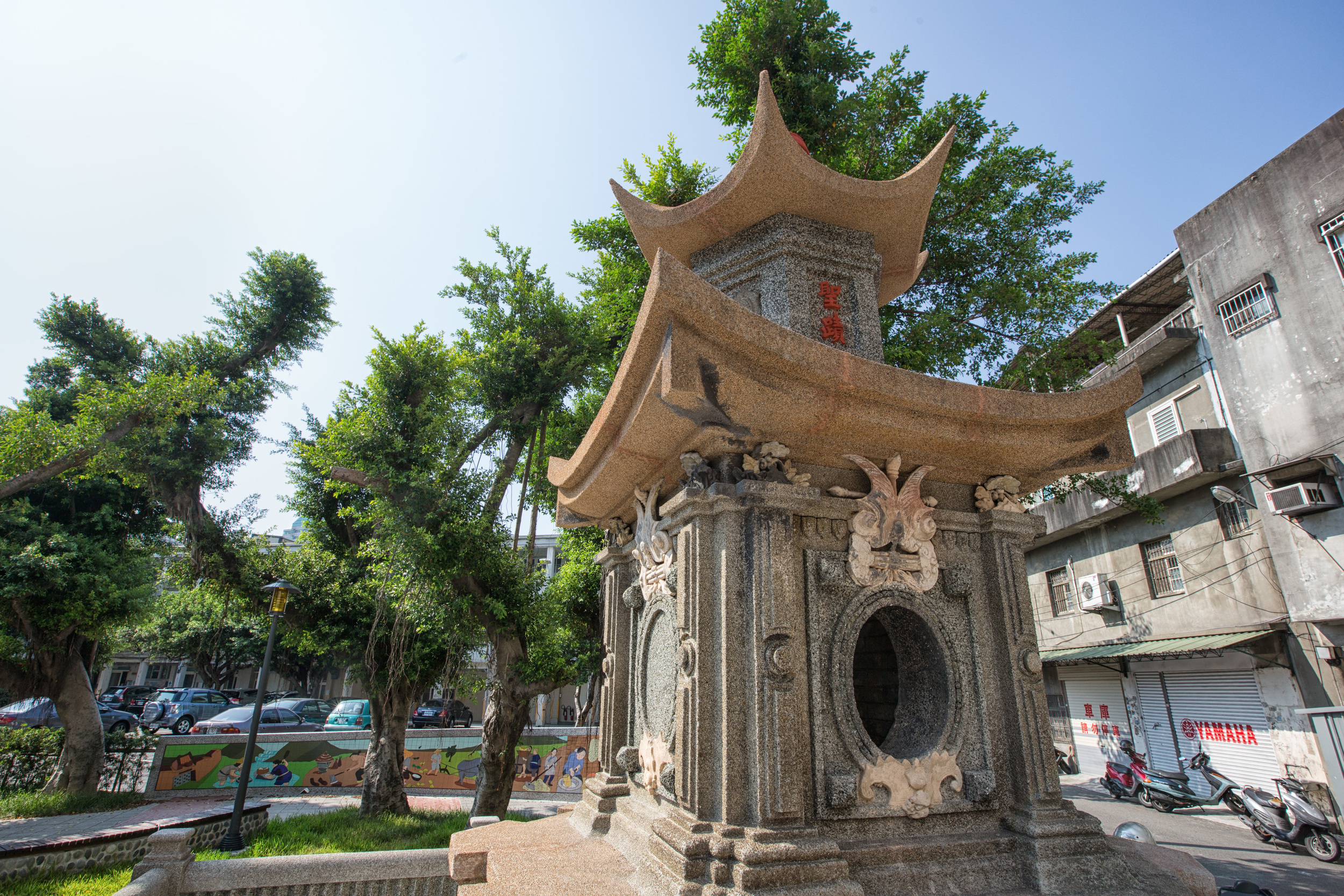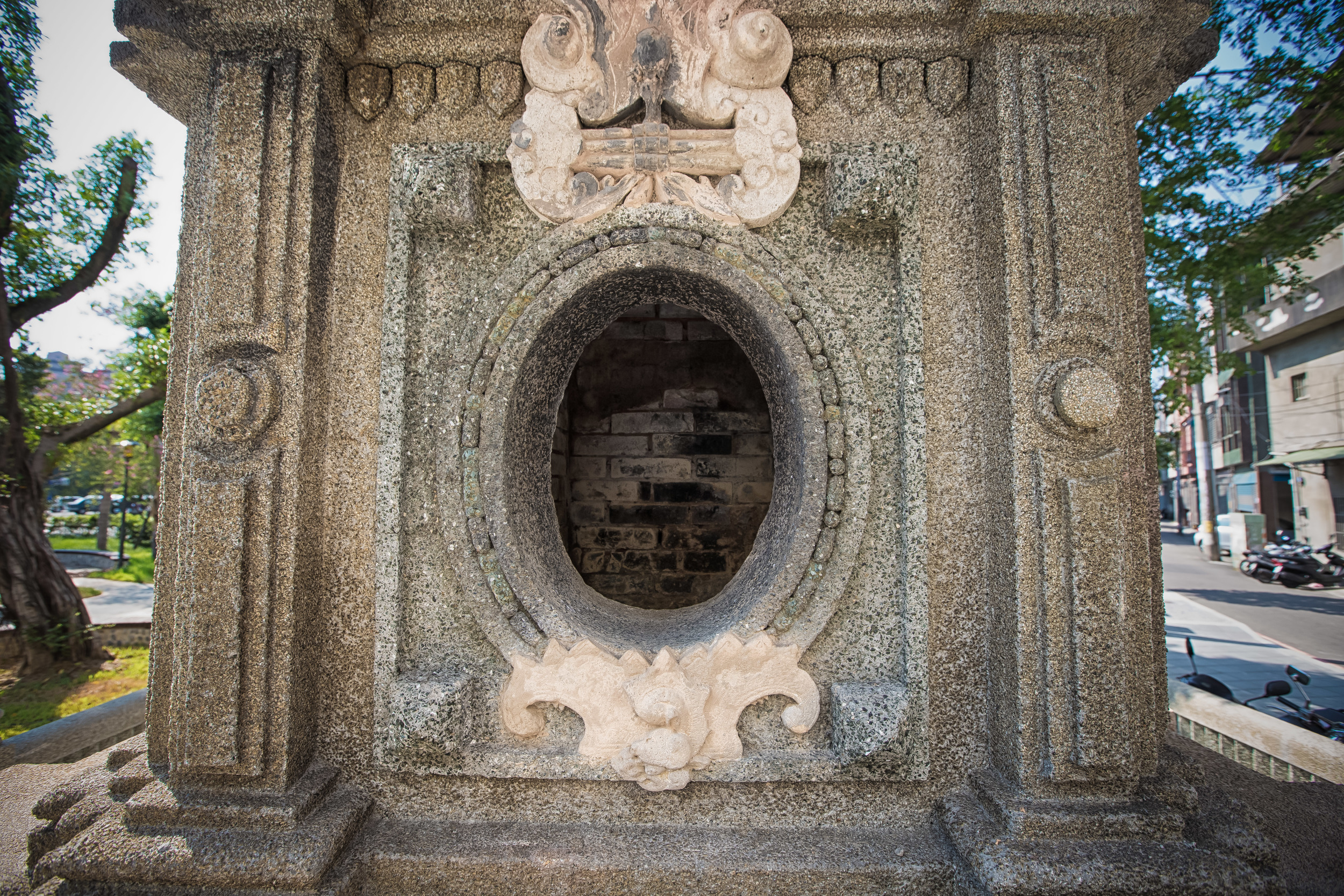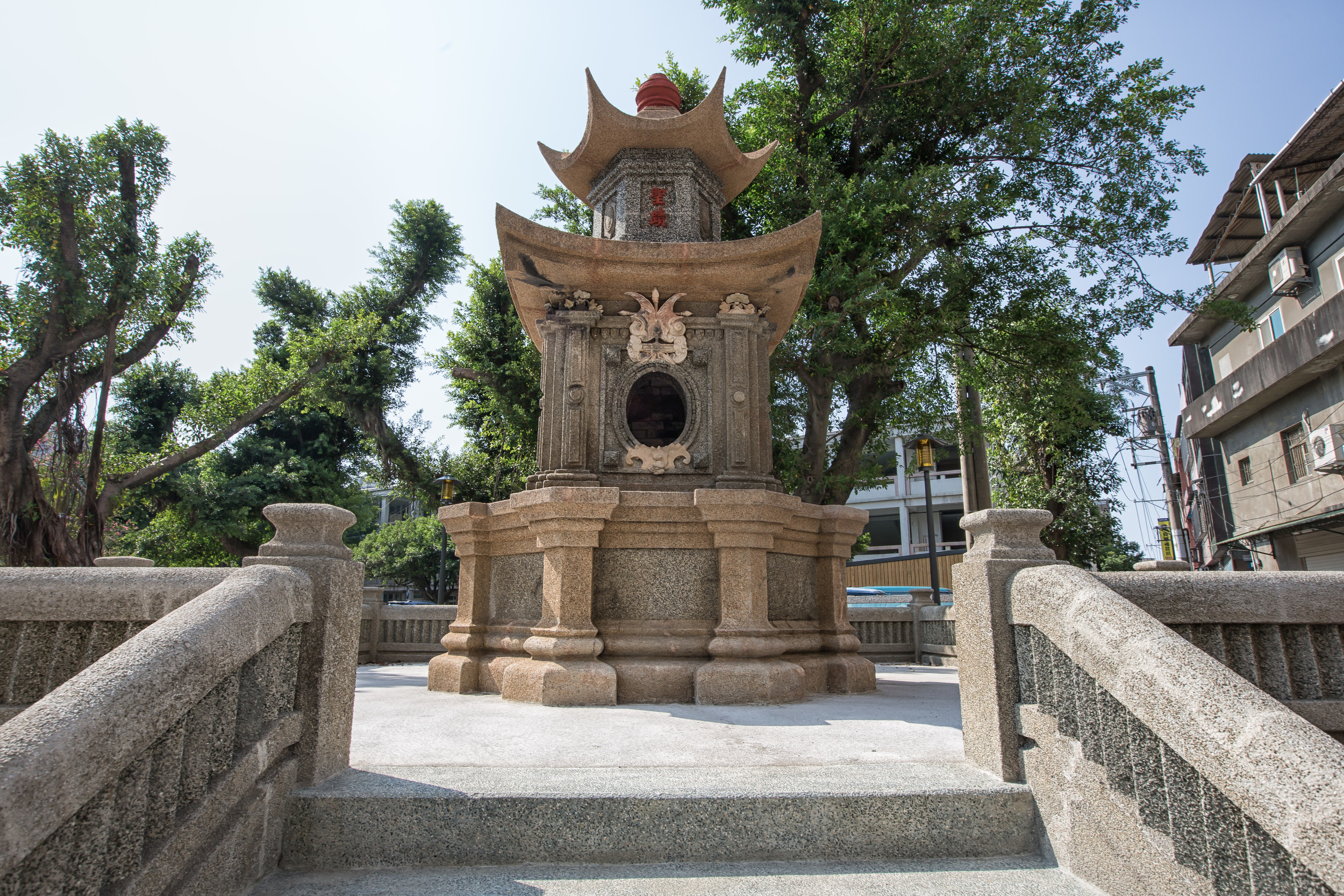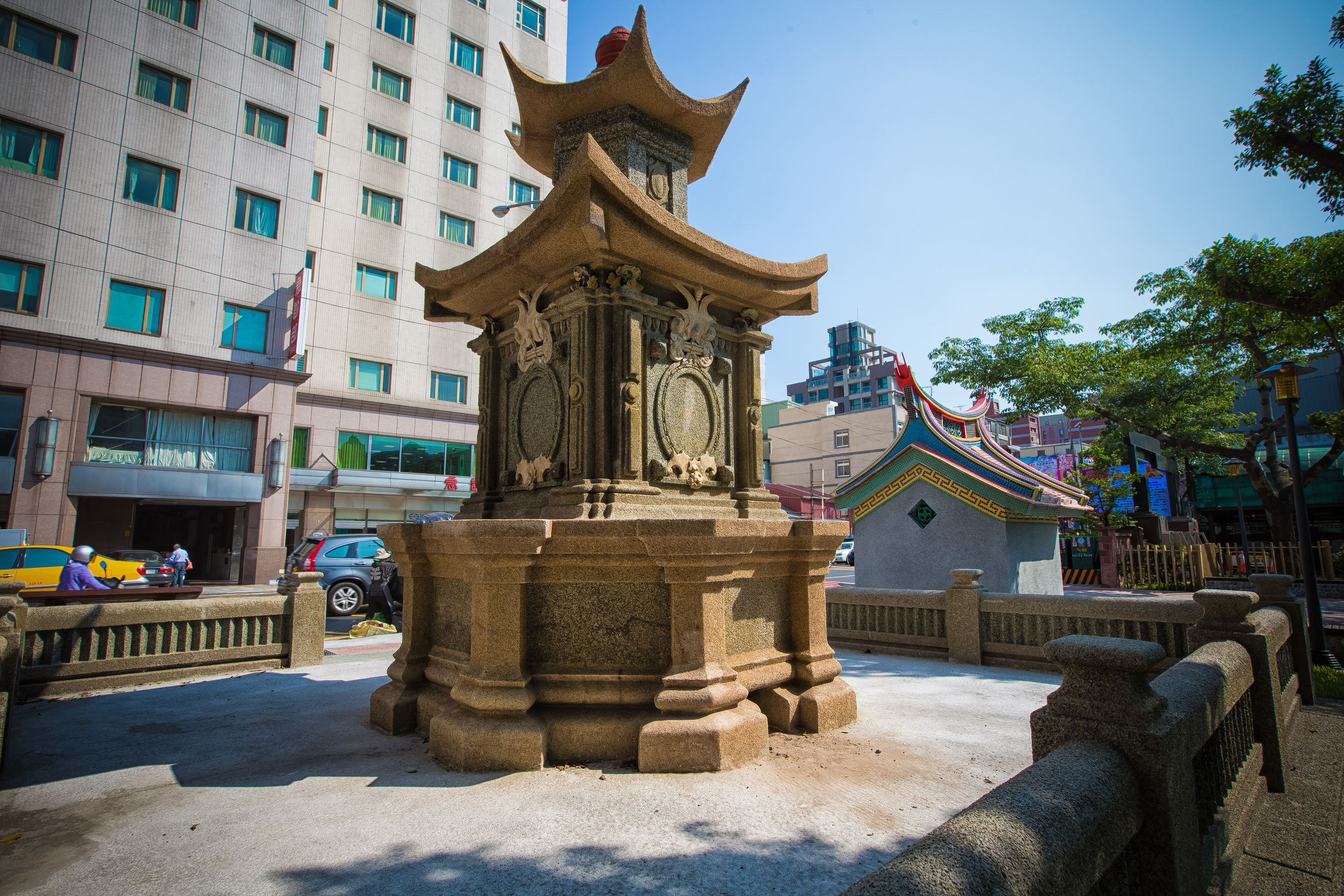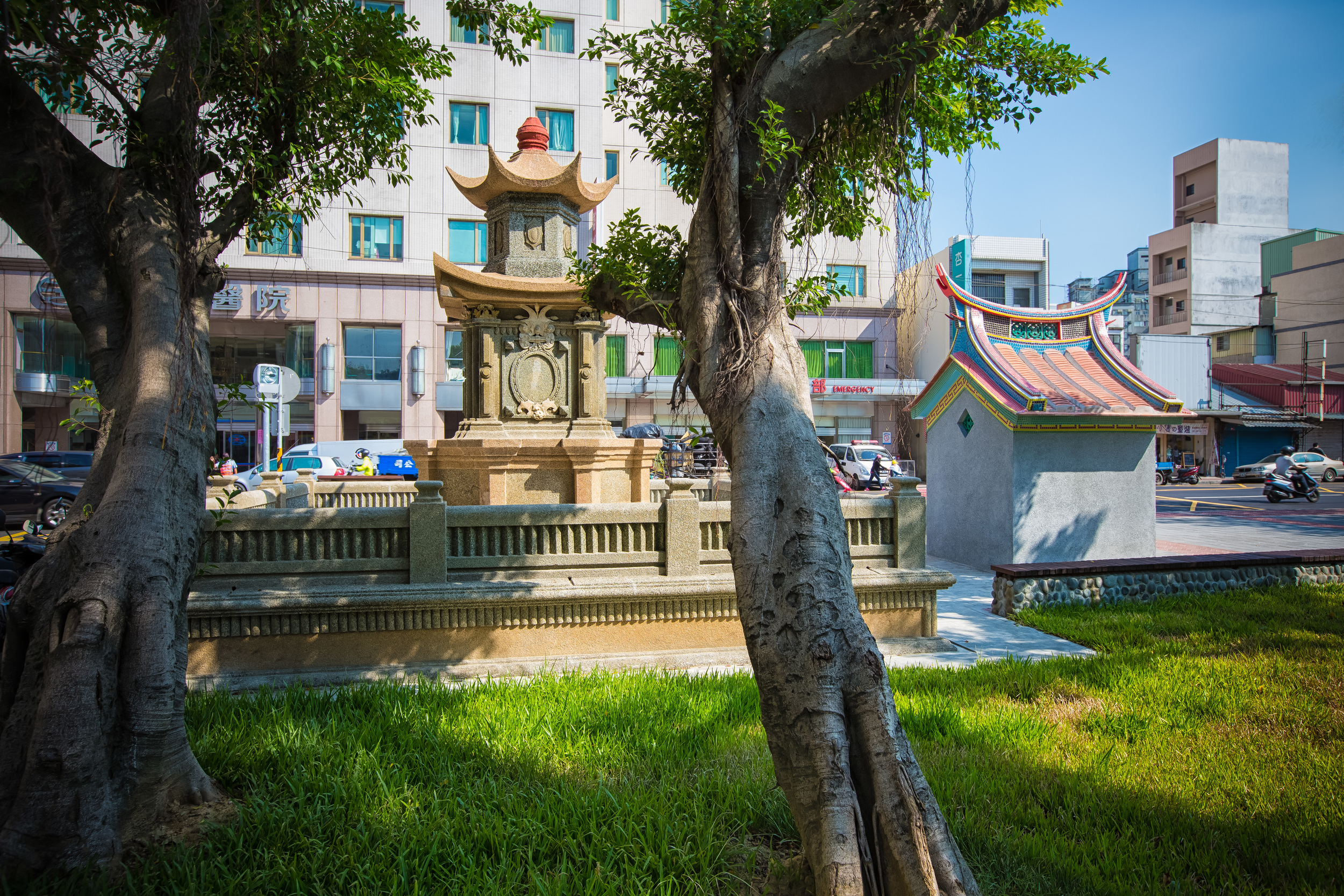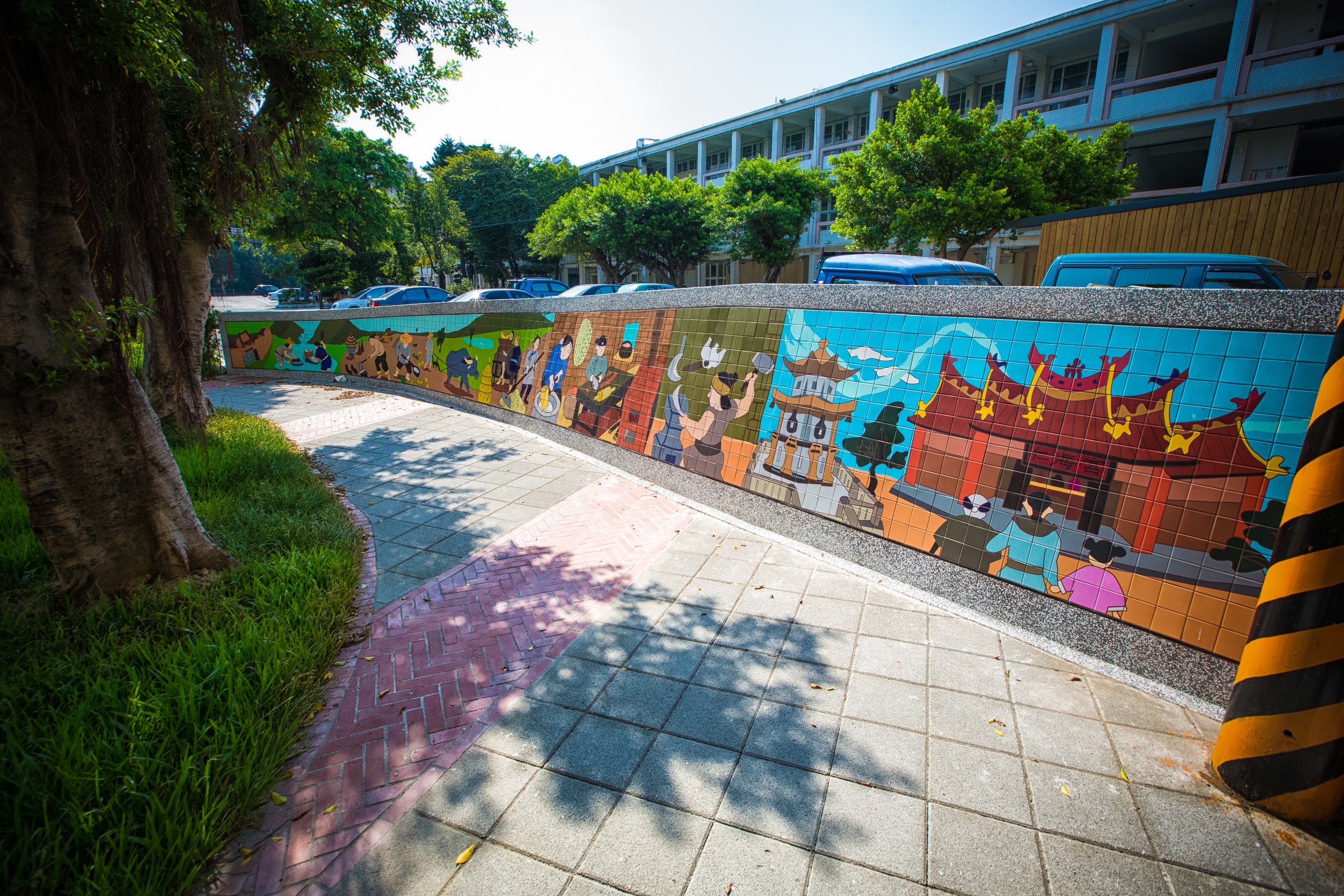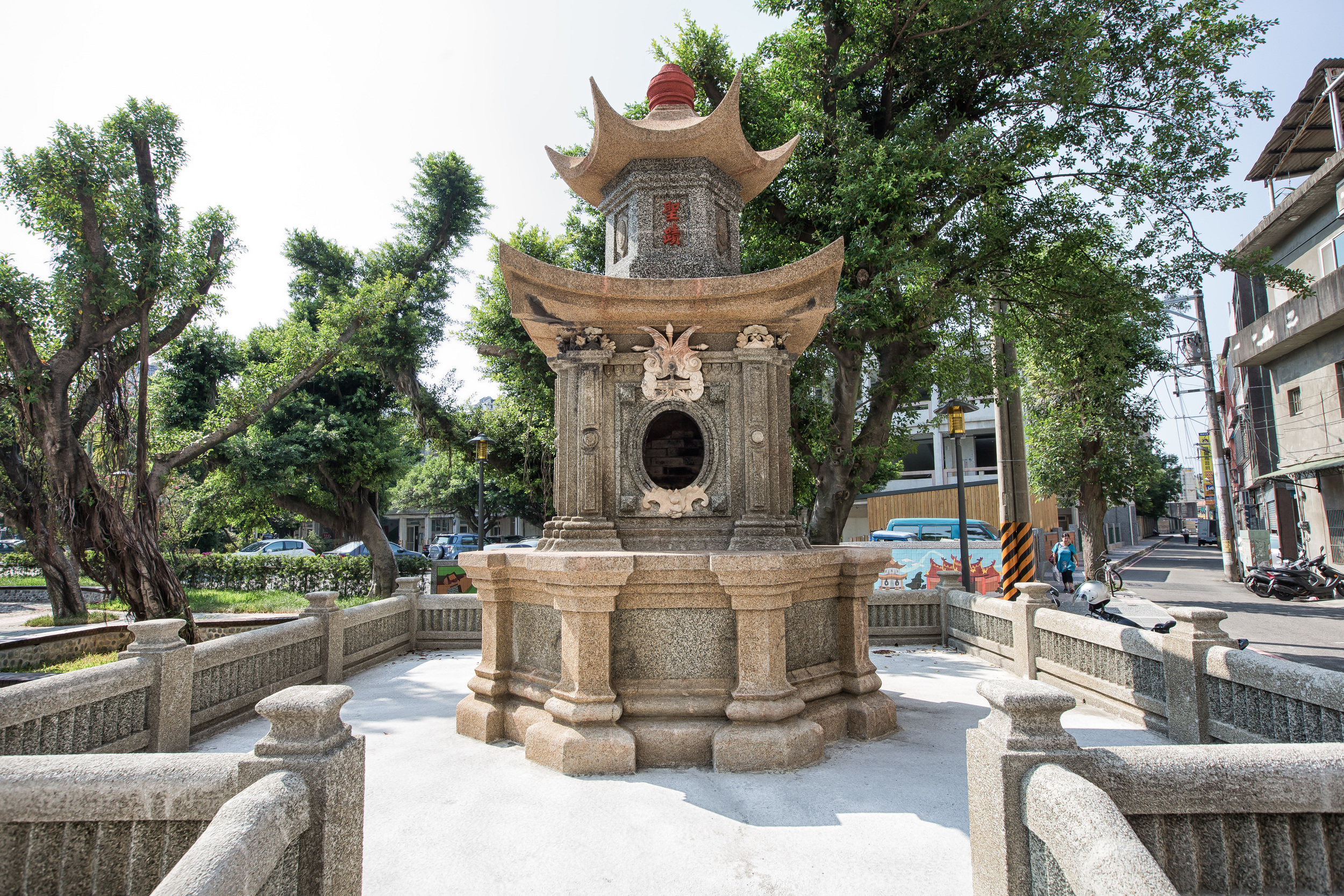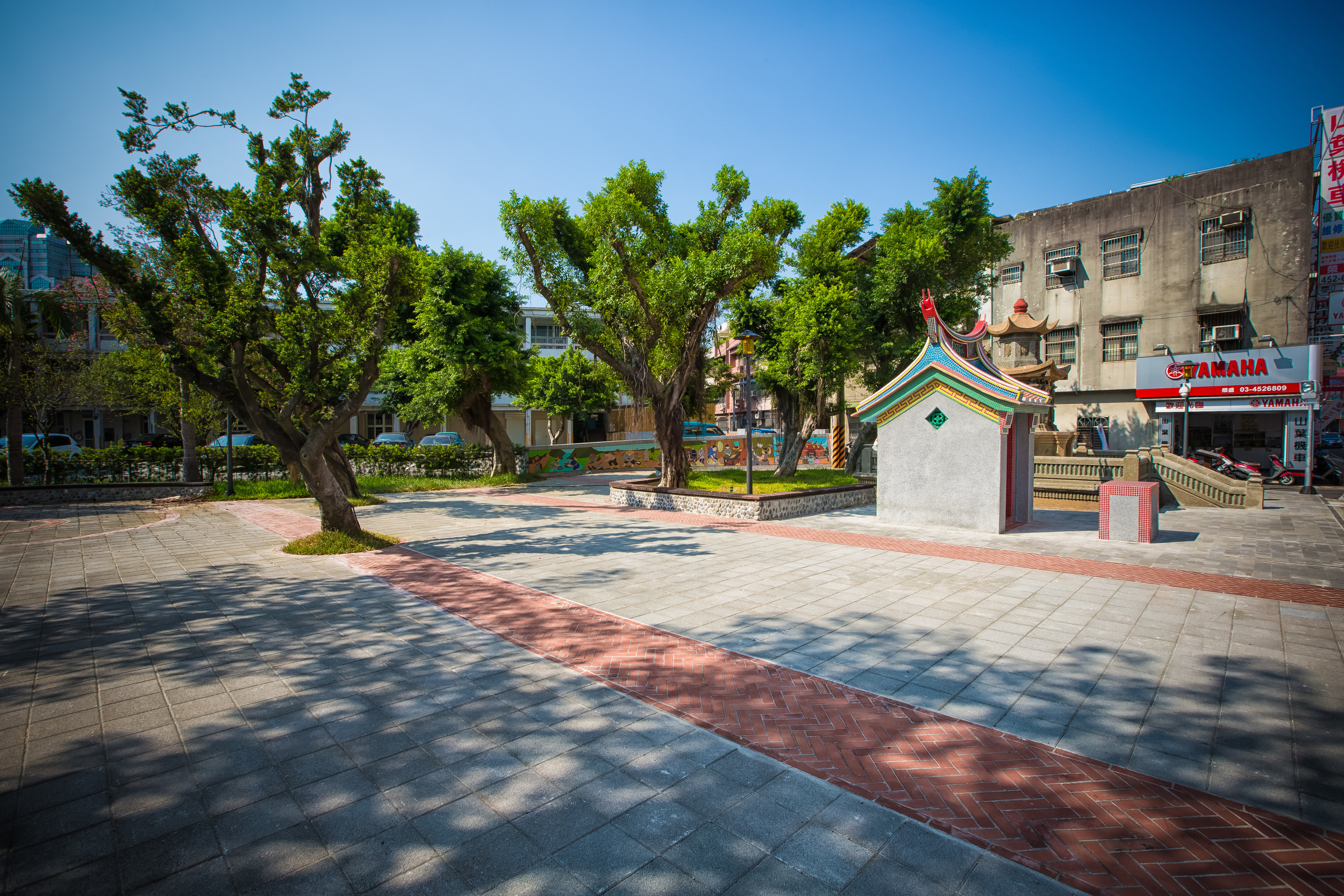Almost anywhere you go in Taiwan you'll find a shrine of some sort - Shrines are set up on busy city streets, in the middle of the woods, on top of mountains, next to rivers, on farms, in graveyards and on the grounds of factories.
The shrines that you'll find throughout the country each serve a purpose but in most cases, the smaller non-temple variety are set up for individual or small-scale worship, to wish for good luck, good health and of course - wealth!
The Shengji Terrace (聖蹟亭) or "Miracle Terrace" isn't your typical shrine, its actually quite a unique one - but its importance to the Hakka people of the country has earned it a special place in history and through the efforts of the government and the Hakka Affairs Council, the shrines (which are still left standing) have recently been restored and have become well-preserved sites of historical relevance.
There are only a handful of these "Miracle Terrace" shrines left standing in Taiwan today found predominantly in places where the Hakka people live in abundance. There is one in Shulin (樹林) in New Taipei City, another in Meinong (美濃) in Kaohsiung, another in Pingdong's Fangliao Village (枋寮鄉) and it just so happens that the other two can be found right here in Taoyuan county with one in Longtan Village (龍潭鄉) and the other in downtown Zhongli (中壢).
The Miracle Terrace shrine is a bit different than what you'd normally expect from a Taiwanese place of worship and given that they are dedicated to literacy and 'ensuring the continued respect to the written word' you would think they would be just as busy as Taoist temples during exam periods, but that isn't the case.
These shrines serve a completely different purpose and derive their significance as cultural relics rather than anything to do with religion.
The shrines are considered to be a prime example of the Hakka people's dedication and respect for culture and literacy and is said to be a reason why their culture has been able to thrive in Taiwan for several centuries.
Longtan Shengji Terrace (龍潭聖蹟亭)
The shrine in Longtan Village (龍潭鄉) was originally built in 1875, but was renovated and restored in 1892, 1925 and 1979. It is a very simple shrine that doesn't go overboard in the way that most Taoist shrines or temples do. The shrine adheres to the principles of Feng Shui (風水) but also appears to have Japanese-like influence with the front gate and the lamps that surround the shrine - likely remnants of the colonial-era.
The shrine is so simple that it seems more zen-like than anything else you'd commonly see in Taiwan. The shrine is actually so simple that it is quite easy to miss unless you're actually looking for it.
The terrace part of the shrine is a three-storey oblation furnace that has calligraphy inscribed on three sides with a small opening in the front where you are supposed to place scrap paper with written words on them.
The Longtan shrine has been in the same spot since it was originally built and although the local government has done an excellent job maintaining it and keeping it clean, it was never really promoted as a tourism spot until the completion of the nearby Hakka Culture Museum.
There are now street signs that show visitors to the area how to get to the shrine but if you do visit you'll likely notice that it is empty most of the time even though it is only a short walking distance from the popular Longtan Lake (龍潭大池).
Zhongli Shengji Terrace (中壢聖蹟亭)
The shrine in Zhongli (中壢) is actually even more simple than the one found in Longtan and visitors to the city are likely to pass by it thinking that it is just a monument. The terrace consists of a smaller furnace than the one see in Longtan and beside it stands a newly constructed shrine dedicated to the Taoist Earth God (土地公).
The Zhongli shrine recently finished renovations after being covered up for almost a year. The shrine has been in the same spot for almost 150 years but I'm sure that for at least the last three decades or so nobody really knew it was there.
I have to admit that even after a decade of living in this city, I hadn't noticed it until I started doing research on the Longtan shrine.
The shrine was built in 1875 during the Japanese colonial period and despite having a long history in the city and its close proximity to the Zhongli Mazu temple (仁海宮), it wasn't maintained very well.
The shrine was never moved but for at least a decade a pedestrian overpass was built so close to it that the shrine was pretty much hidden from sight. This begs the question - Who had the brilliant idea to build the bridge basically on top of the shrine?
Over the past few years, the city of Zhongli has undergone an extensive beautification project that will make the city more environmentally friendly as well as attractive to tourists. Small shrines like this Miracle Terrace as well as the Japanese era Police Dorms were included in the beautification plans to promote local culture as well as prepare for the soon to be operational MRT system.
Fortunately the local government saw the folly in past decisions to disrespect an important cultural monument and decided to include the renovation of the property in the revitalization and renovation plans for the city. The overpass was ultimately removed, the original Earth God shrine relocated and a small park built to give the shrine both the room and the respect it deserves.
Even though the renovation of the shrine was completed recently and has signage around town directing tourists to it - I doubt the shrine will attract many visitors.
I appreciate the fact that the local government took the effort to preserve a cultural relic like this and also allows for more open space within the city!
At first I thought it was a bit ironic that at a shrine dedicated to respecting literary arts was just a furnace for burning paper. I had thought that the shrine was just an ancient paper shredder of sorts but after a bit of research I found out that these types of furnaces were quite common throughout China and Taiwan with the practice going all the way back to the Tang Dynasty (唐朝) and becoming more popular in the Ming (明朝) and Qing (清朝) Dynasty's.
It was believed that when students were studying for the Imperial exam that the paper they used to write notes should not be carelessly abandoned or left to rot in a stack of papers in a bedroom. They thought that any paper that contained the written word should be respected and that meant burning it to prevent bad luck or even becoming 'academically cursed' later on in life.
As I mentioned above, there are only five of these Miracle Terrace's left in Taiwan and they are all found in areas populated predominately by the Hakka people. There are however around twenty-five furnaces for burning paper still standing in Taiwan today. The furnaces which can be translated as "Cherishing Towers" (惜字塔) and are found on school campuses and at temples dedicated to the god of literature (文昌大帝) and even one in the middle of a forest here in Taoyuan's Daxi Village (大溪區).
The Hakka Affairs Council (客家委員會) and local governments have worked together in recent years to preserve the Miracle Terraces and that preservation has been quite successful in the cases of Longtan and Zhongli. The problem for the remaining furnaces which don't fall under the jurisdiction of the Hakka Affairs Council however is a bit more precarious. There are only twenty of these towers left standing and they are not as likely to receive such preferential treatment despite their historical significance.
All of the furnaces share the same function, but the "Cherishing Towers" are just a simple furnace set up near a school or other random location with no pizazz while as the Miracle Terrace is set up in the form of a shrine with a park around it
If we consider the fact that the Miracle Terrace is a shrine found within a park-like setting that has cultural significance, it is obvious that preserving them is important.
I would hope however that all of these furnaces could be preserved by the government for their historical value and the relationship they have shared with the people of Taiwan for centuries.
Today these shrines tend to be a little visited monument and you won't find them in guidebooks. Still, the shrines show the Hakka people's respect for literacy and the fact that they are still standing today rather than being bulldozed for some new development shows that the respect for history and literature are still important aspects of Hakka and Taiwanese culture as a whole.
There is very little information about these shrines available in English on the web, so I hope that this post helps introduce a bit of Taiwan's history that not very many people understand.
If you are in either Longtan or Zhongli, check these shrines out for a few minutes. You don't need a lot of time, but they are quite beautiful and you can learn a lot.
Gallery
